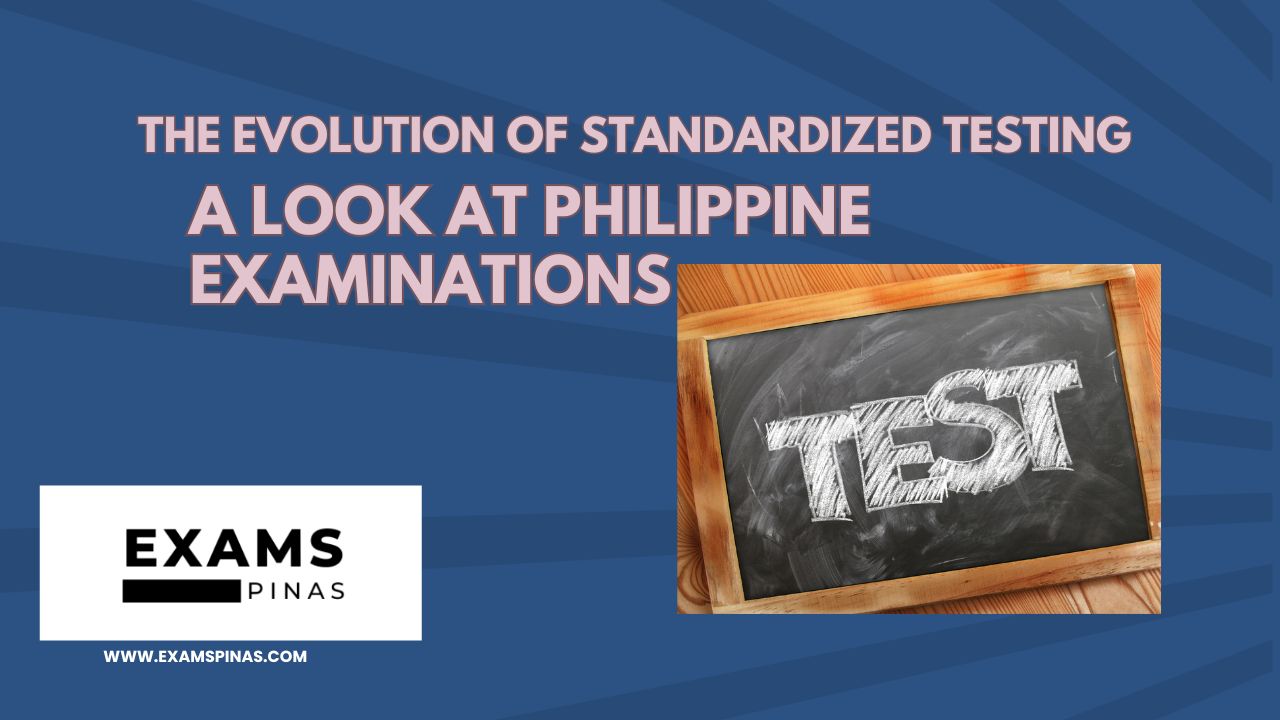Standardized testing has long been a cornerstone of educational evaluation in the Philippines. Over the years, these assessments have evolved in response to changing educational paradigms and societal demands. This article delves into the history and transformation of standardized testing in the Philippines, shedding light on the key milestones and innovations that have shaped the evaluation landscape.
- Early Forms of Assessment
In the early days of Philippine education, assessments were informal and primarily based on oral and written examinations. These evaluations were administered by individual schools and lacked a standardized format. While they provided a basic measure of a student’s knowledge, they were often subjective and lacked consistency across institutions.
- Introduction of National Standardized Tests
The need for a more uniform and objective assessment system led to the introduction of national standardized tests. In 1955, the National College Entrance Examination (NCEE) was established. This marked a significant milestone in Philippine education as it provided a standardized measure of aptitude for tertiary education.
- Shift Towards K-12 Education
With the implementation of the K-12 education system in 2013, Philippine examinations underwent a major overhaul. The curriculum was expanded to include two additional years of senior high school, necessitating changes in assessment strategies. The shift aimed to provide students with a more holistic and globally competitive education.
- Incorporating Technology in Assessments
The advent of technology brought about a paradigm shift in the way examinations are conducted and evaluated. Computer-based testing (CBT) and online assessments have gained prominence, offering advantages such as immediate scoring, adaptive testing, and enhanced security measures. This transition reflects the Philippines’ commitment to keeping pace with the digital age.
- Inclusion of Alternative Assessment Methods
Recognizing the limitations of traditional standardized tests, there has been a growing emphasis on alternative assessment methods. Performance-based assessments, portfolios, and project-based evaluations are being integrated into the assessment framework to provide a more comprehensive view of a student’s capabilities.
- Adapting to the Challenges of COVID-19
The COVID-19 pandemic presented unprecedented challenges to education worldwide, including the conduct of examinations. In response, the Philippines explored various approaches, including remote proctoring and online assessments, to ensure the continuity of evaluation processes.
- Looking Ahead: Future Trends
As education continues to evolve, so too will the methods of assessment. Adaptive testing, which tailors questions to an individual’s skill level, is gaining traction. Additionally, the integration of artificial intelligence (AI) in assessments holds the potential to revolutionize the evaluation process, providing personalized insights and feedback.
The evolution of standardized testing in the Philippines reflects a dynamic and adaptable education system. From its early informal assessments to the current era of technology-driven evaluations, Philippine examinations have come a long way. As the landscape continues to evolve, embracing innovation and alternative assessment methods will be crucial in ensuring that evaluations accurately reflect the diverse skills and talents of Filipino learners.

